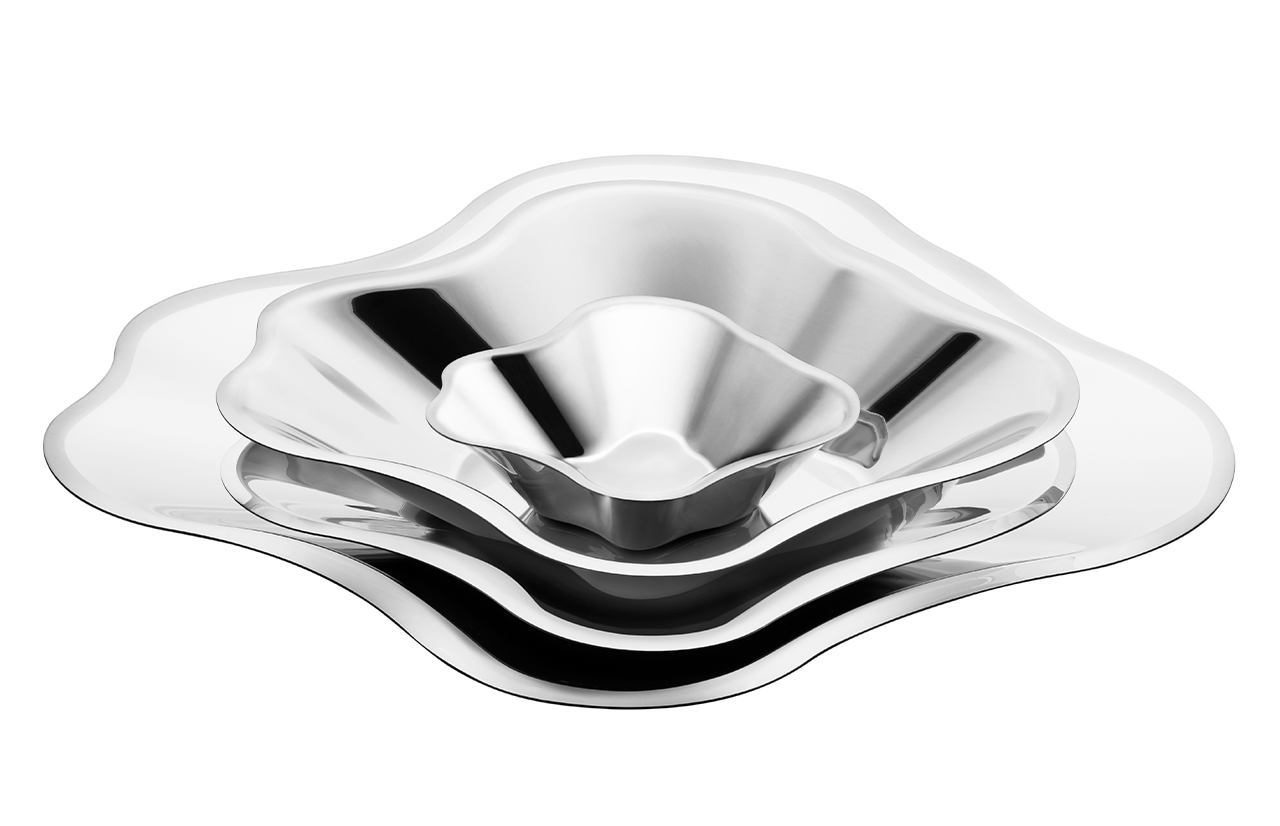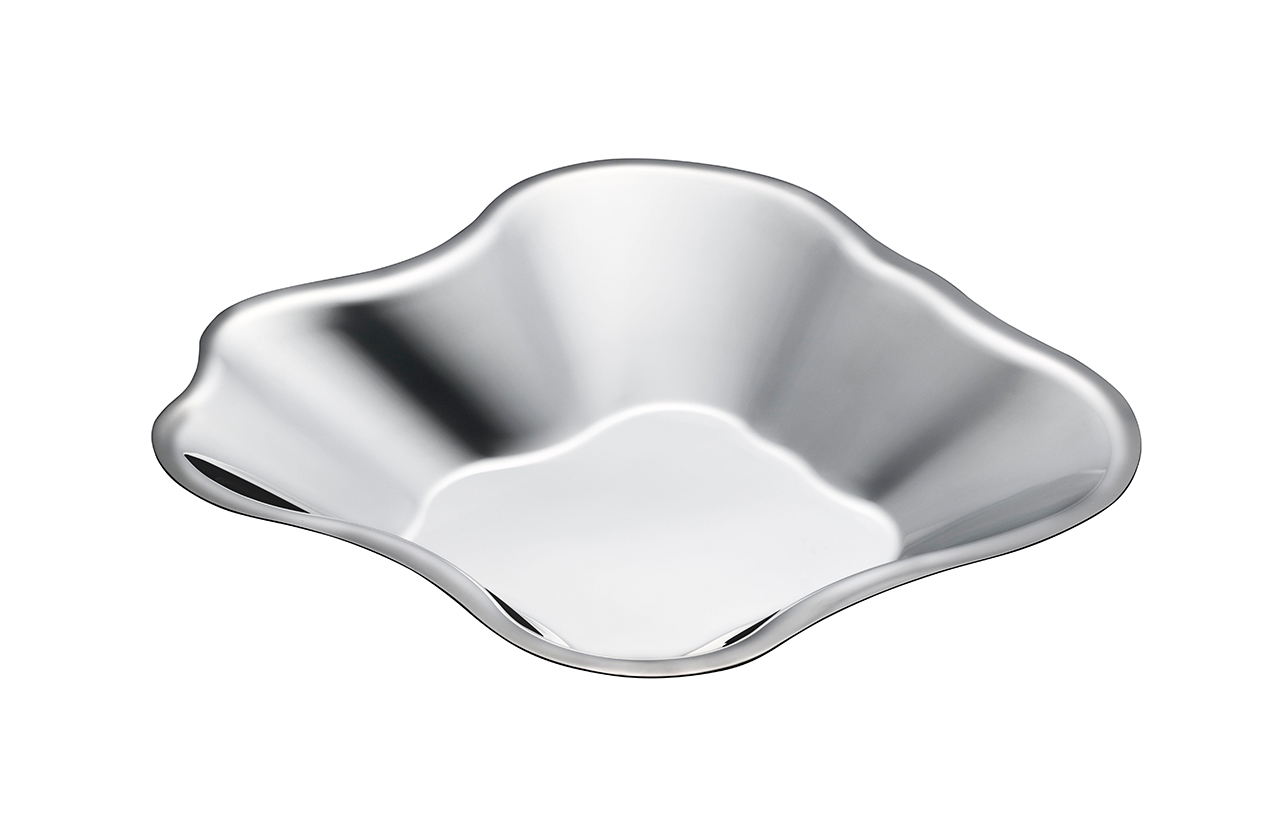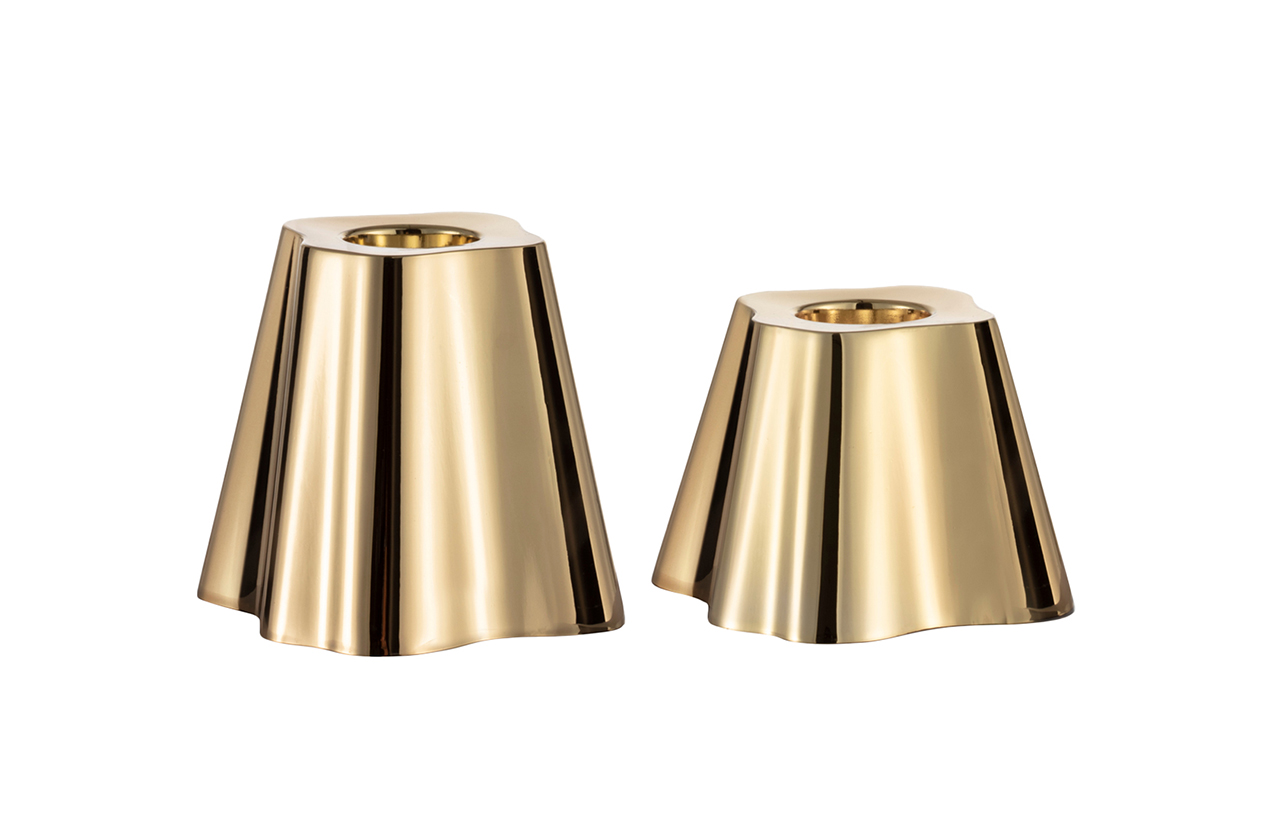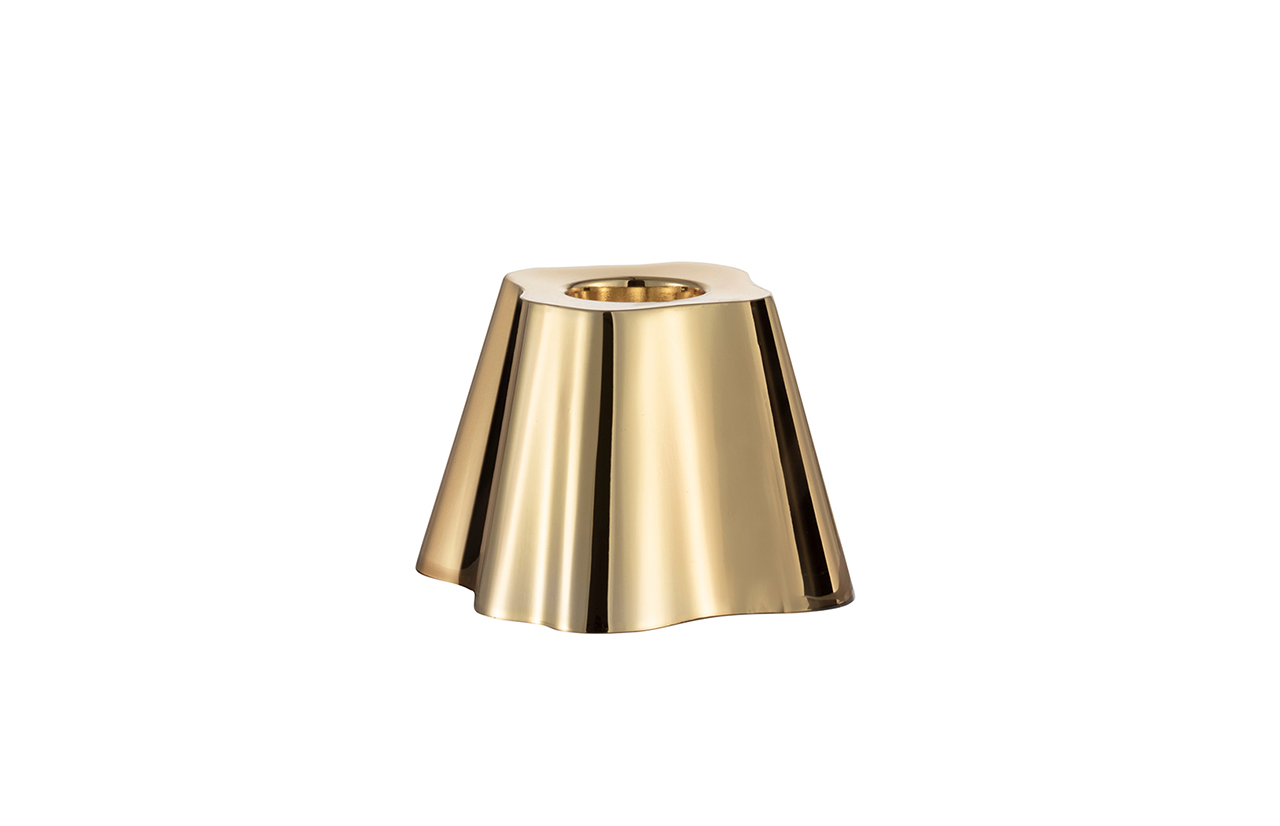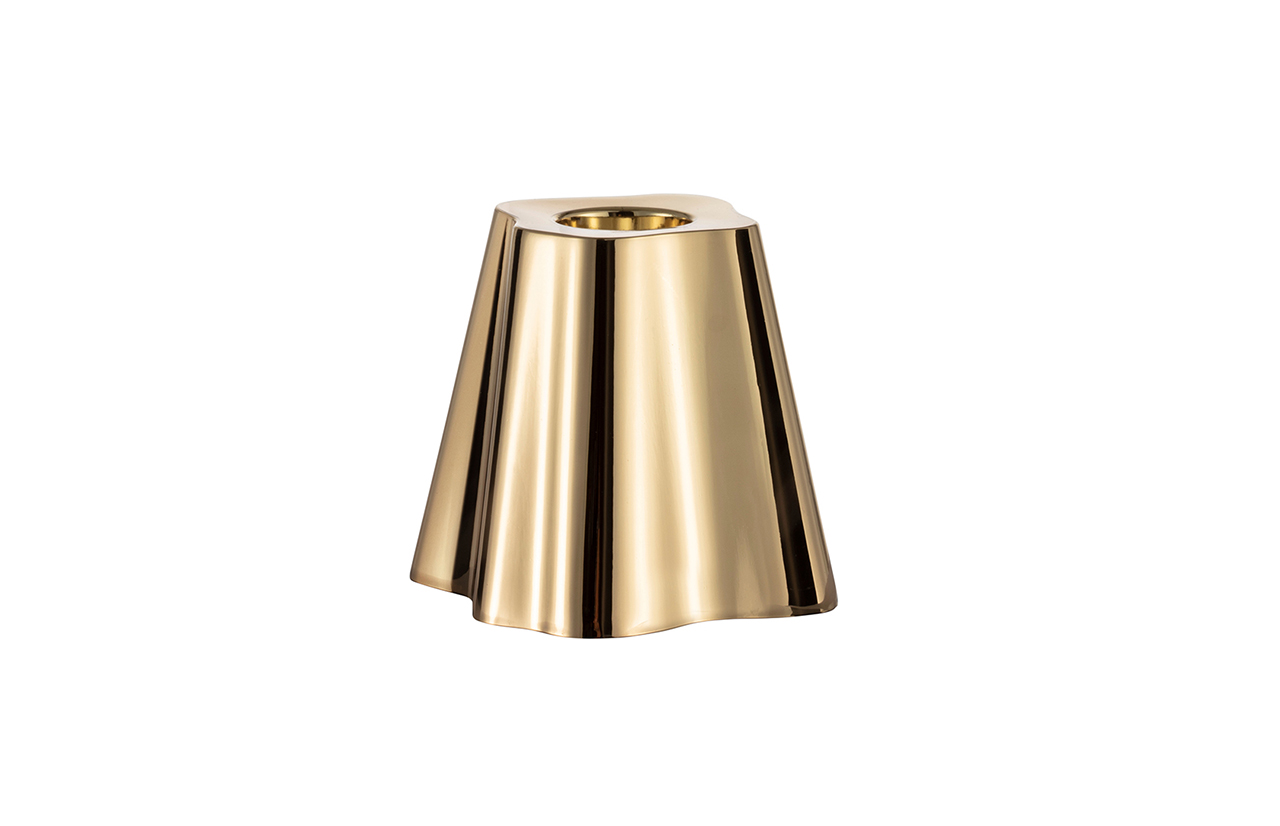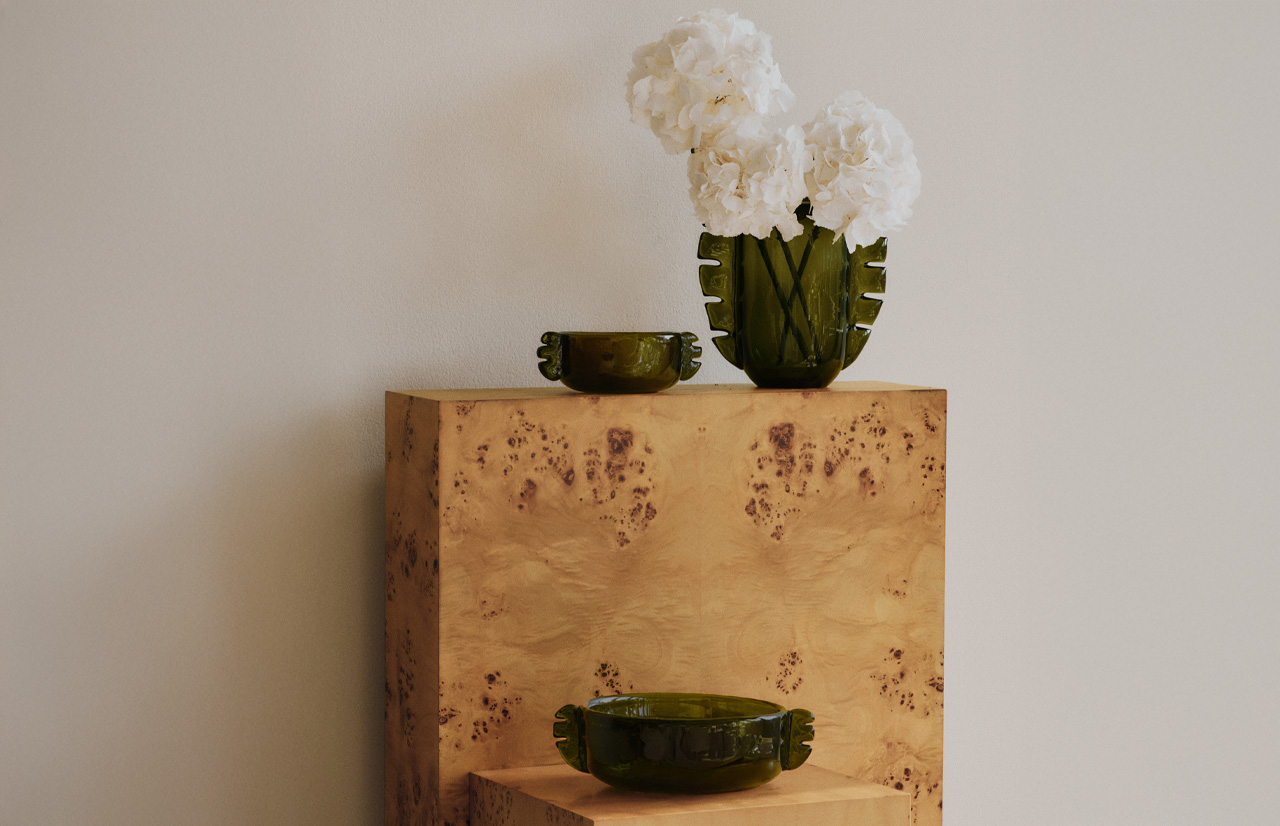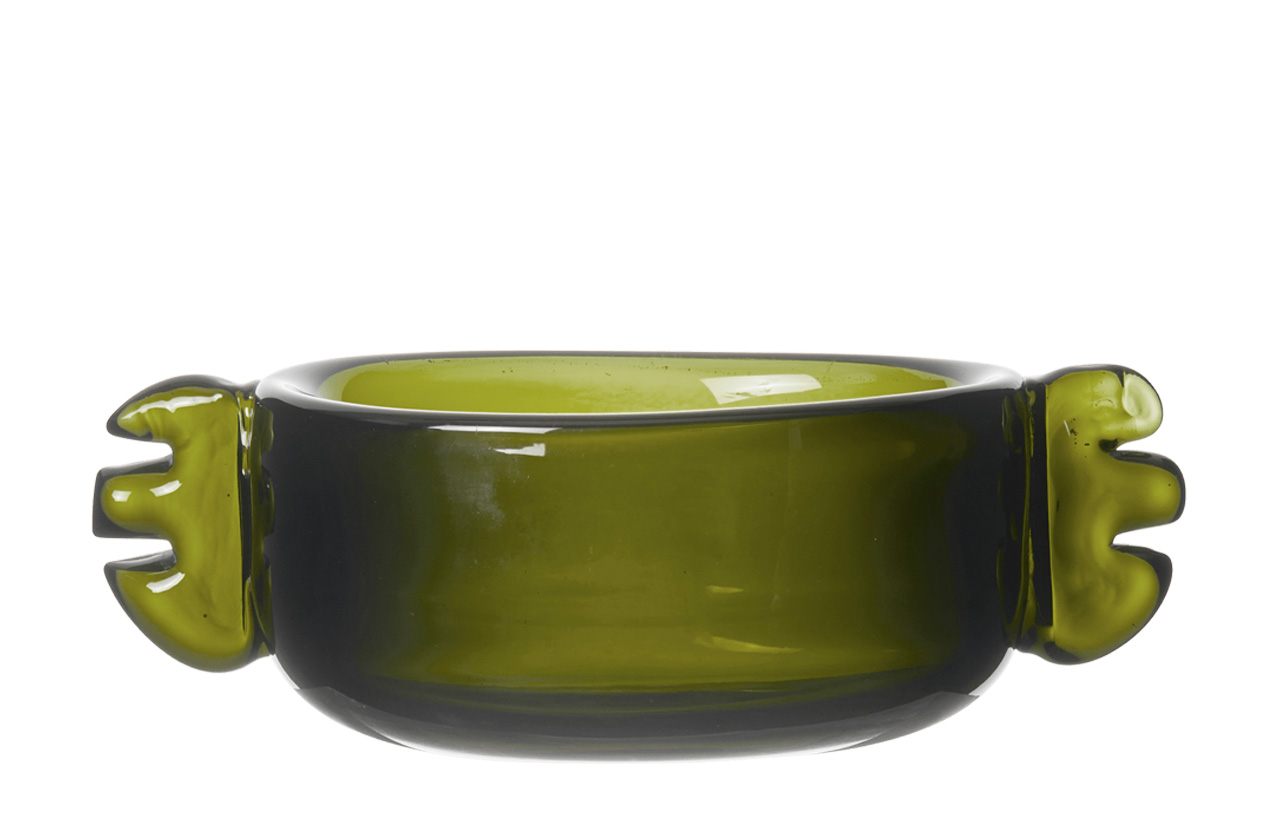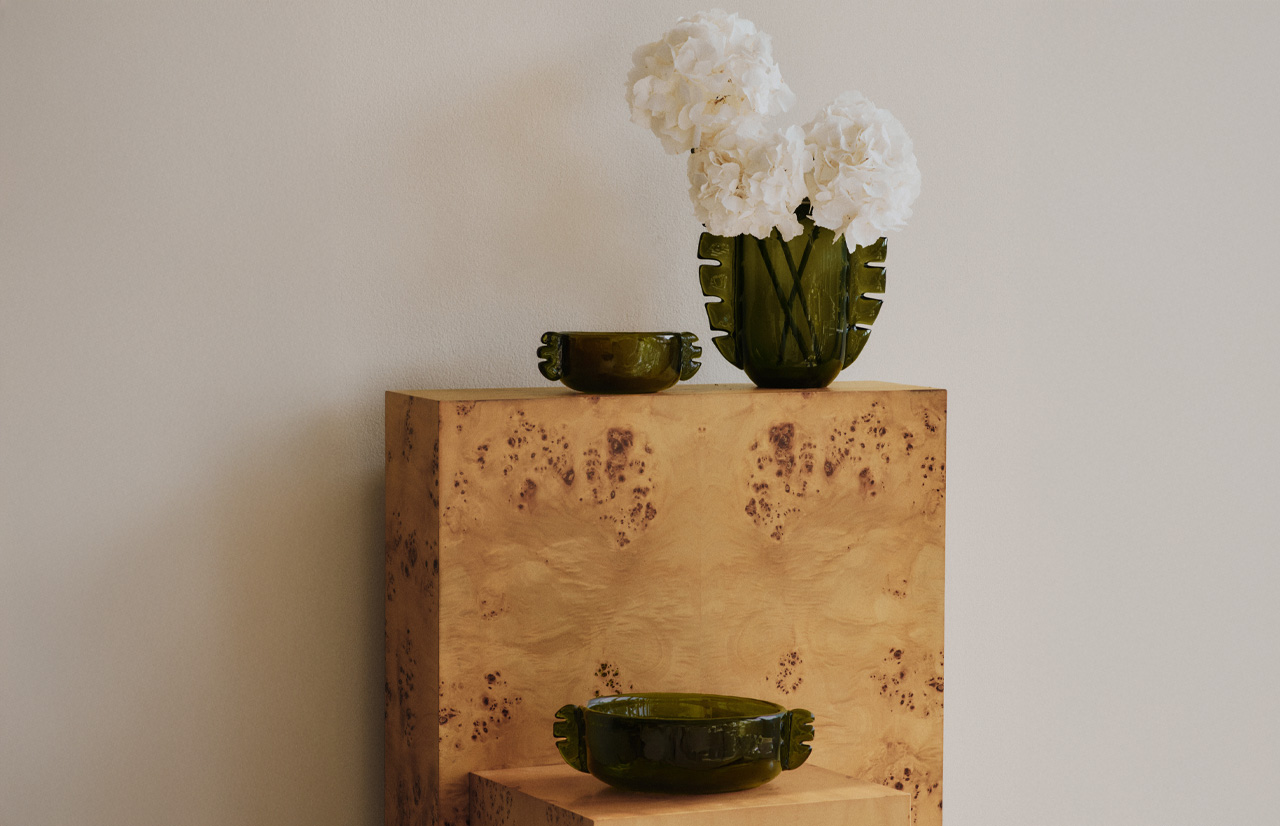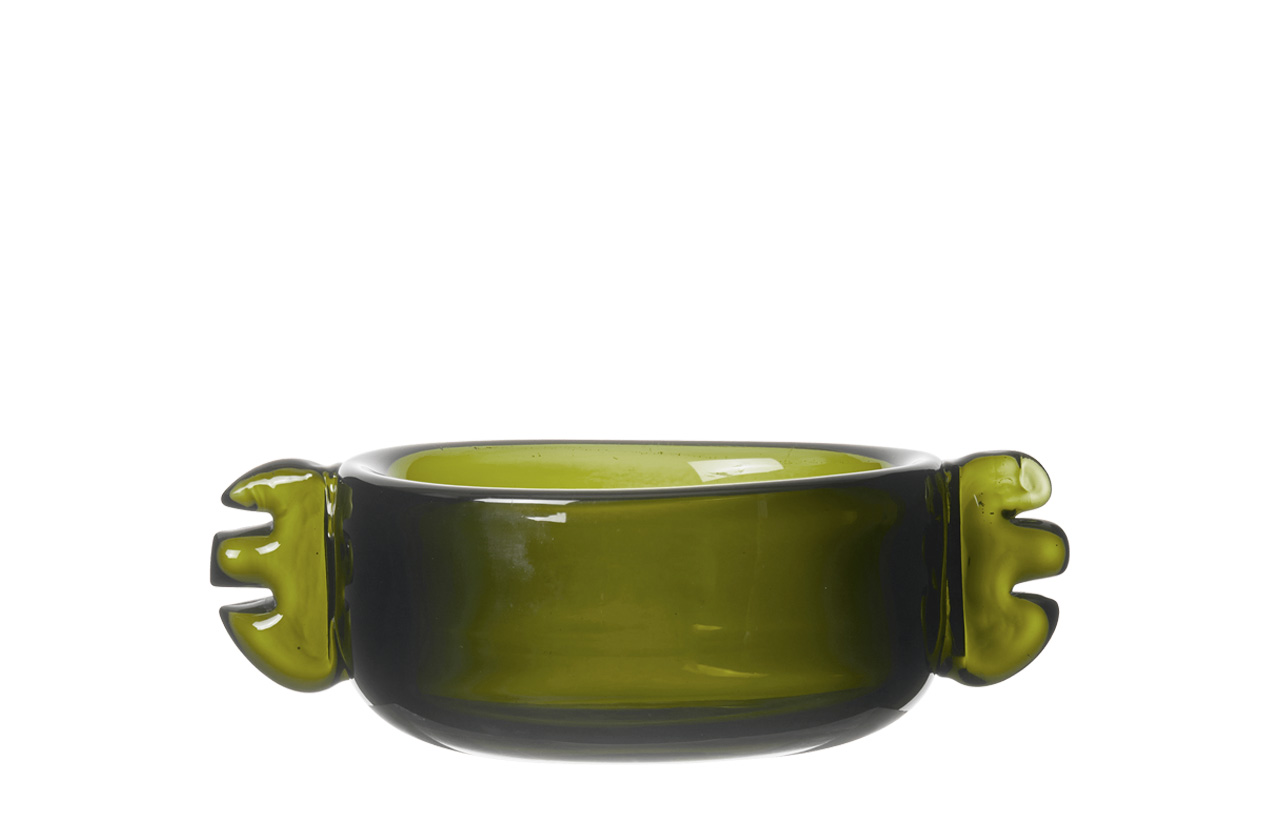To this day, no one is quite sure what precisely inspired Alvar Aalto to create this particular vase shape. He himself playfully described his initial sketch as "Eskimo woman's leather trousers," but given that his father was a cartographer, Alvar might have been inspired by the lakes, coastlines, and stunning Finnish landscape. Regardless of what each of us sees in this lively design and its changing colours, the shape and design concept remain original.
In the 1930s, the vase enabled floral arrangements that defied conventional setups, while also conveying a message about the risk industrialisation poses to personal uniqueness. In the 21st century, the timeless form continues its mission, drawing attention by allowing the owner to decide on its usage and connection to nature. Most importantly, it embodies an entire design philosophy, showcasing how industrial production can result in high-quality design that enhances everyday life.
Beauty is inseparable from completeness. "If the quality of the product is ignored, creating any product becomes meaningless and absurd," Aalto often remarked. He liked to emphasise that design is for people, not machines. Thus, Alvar continually sought inspiration in nature until he found it.
Aalto highlighted that each model should be a fundamental part of everyday life. Each object must be perfectly suited to its intended task, no matter what the final owner decides. Design should endure daily challenges and changes over time, surviving beyond fleeting trends, to be cherished and passed down through generations.

